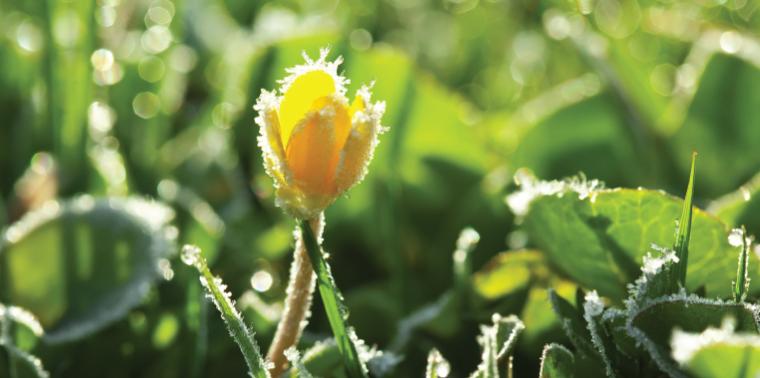
In a nutshell
To predict how plants will respond to changes in climate, researchers first need to understand which climate conditions influence activity such as flowering. Researchers at UC Santa Barbara combined herbarium records with observations contributed by Nature’s Notebook participants to assess the impact of climate variables on timing of flowering in 2,500 species of plants. The authors found that maximum temperature, the number of frost-free days, and the quantity of precipitation as snow were the best predictors of flowering time for both herbarium and observed data.
What is special about this study?
The authors found that factors that have been overlooked in previous modeling efforts, such as the number of frost-free days, quantity of snowfall, and date of start of frost-free period were important in predicting timing of flowering.
What does this mean for YOU?
A better understanding of the climate variables that drive flowering phenology can help us anticipate how future changes in climate might impact flowering. It also shows the value of observations collected through Nature’s Notebook, which--along with herbarium data--, provide a continental-scale dataset to explore linkages between phenology and climate.
Citation: Park, I.W., and Mazer, S.J. 2018. Overlooked climate parameters best predict flowering onset: Assessing phenological models using the elastic net. Global Change Biology. 2018: 1-13. doi.org/10.1111/gcb.14447.